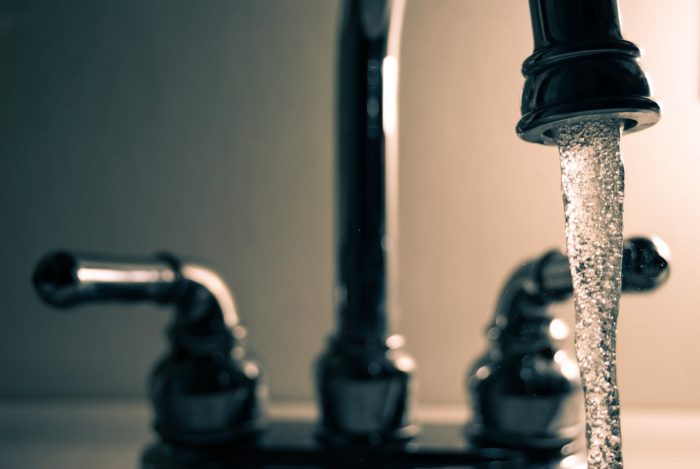
Reverse osmosis technology filters water and then reintroduces vital minerals. The process of reverse osmosis involves forcing water through a semipermeable membrane in order to remove dissolved particles, impurities, and pollutants. Although the water is now clean and pure, it has lost some of its important minerals, such as potassium, magnesium, and calcium, throughout the process. The process of mineralization is used to restore the minerals that are lost in RO water.
This process can cause the water to become unhealthy, taste bad, and lack alkalinity. This not only makes the water safe to drink, but it also helps keep you hydrated, improves its taste, and supplies your body with minerals it needs to function properly.
Why Mineralization of  Water Is Important
Water Is Important
Because reverse osmosis filters out both hazardous and useful minerals—including potassium, magnesium, and calcium—it is common practice to mineralize RO water. Minerals like these are crucial to water’s taste and nutritional value. The following factors contribute to the remineralization of reverse osmosis water:
- Balancing pH
- Reverse osmosis water may taste somewhat acidic due to the removal of minerals, which helps to neutralize its pH. Remineralizing can lower the pH to a more neutral range. This makes it safer to drink and makes it more durable for use in certain kitchen appliances (like coffee makers).
- Support Overall Wellness.
- If you’re lacking in minerals like potassium, calcium, or magnesium in your diet, drinking mineral water can help make up the difference.
- Improving Taste of Water
- Since it does not contain any minerals, pure reverse osmosis water may have a flat or somewhat acidic taste. Reintroducing minerals can enhance its taste, making it a more pleasurable drink to consume.
- Prevents Corrosion
- Reverse osmosis Water’s low mineral concentration makes it more aggressive when it comes to corrosion in appliances or water systems. Adding minerals reduces the corrosive potential of water, thereby extending the lifespan of appliances and plumbing systems.
- Restore Vital Minerals
- Minerals, such as magnesium and calcium, aid in electrolyte balance, muscle function, and bone health. Due to the absence of these minerals, RO water may not contain all of the nutrients found in spring or regular tap water.
- Water helps the body’s electrolyte balance and hydration levels. Remineralization restores these to the water.
To bring back these desirable qualities, people frequently supplement reverse osmosis water with mineral drops or employ remineralization filters.
Methods of mineralization of reverse osmosis water:
Here are some common techniques for mineralizing reverse osmosis water:
- Ceramic Filters or Mineral Beads
- Porous ceramic materials or mineral-infused beads make up these filters; as water flows through them, they release vital minerals.
- The product is efficient in regulating the release of minerals and has a lengthy lifespan.
- You may need to install it in the water pitcher or filtration system.
- Remineralization of Alkaline Filters
- In addition to remineralizing water with minerals like magnesium and calcium, these filters also raise the pH, turning the water into an alkaline state. Some people also feel that drinking alkaline water can help them balance their body’s acidity levels.
- The pH level and the mineral content have both improved.
- They cost more than standard mineral cartridges.
- Use of Calcium and Magnesium Tablets
- It is possible to increase the mineral content of drinking water by directly adding calcium or magnesium tablets. In addition to their use as water additives, they are also available as food supplements.
- Simplified and simple to transport.
- The variety of minerals provided is not as balanced.
- Adding Powders or Mineral Drops
- Remineralization of reverse osmosis water is as simple as adding powder supplements or mineral drops to your drinking water. These products contain a variety of trace elements, such as magnesium, calcium, and potassium.
- It is lightweight and portable, making it ideal for personal use or managing small amounts of water.
- Accurate measurement and manual addition are necessary to ensure uniformity.
- Mineral Balls or Stones
- Water pitchers or storage tanks commonly incorporate these stones. The water becomes more enriched as the stones gradually release vital minerals.
- Durable and requires little maintenance.
- Remineralization can occur at varying rates, and the process is sluggish overall.
- RO Systems with Incorporated Mineralization
- Some high-tech reverse osmosis systems integrate remineralization stages, ensuring instant remineralization of the filtered water.
- There is no need for supplementary equipment; it is automatic and continuous.
- Costlier up front, and spare parts can be pricey as well.
- Mineral filter cartridges
- It is common practice to install mineral filter cartridges in the filtration system subsequent to the reverse osmosis membrane. These cartridges contain natural mineral stones like magnesium beads or calcite, which gradually dissolve into the water to add vital minerals.
- Both installation and maintenance are effortless.
- Periodic replacement may be necessary.
- Blending with Mineral-rich Water
- You could also combine reverse osmosis water with mineral water from a natural source, which would keep some of the minerals. This procedure can naturally restore lost minerals.
- Minerals found in nature.
- The mineral composition varies; therefore, it’s not practical for daily use.
Considerations including price, ease of use, and target mineral concentration should guide your decision on the optimal approach. While alkaline filters and mineral filter cartridges are ideal for continuous operation and convenience of use, mineral drops or mixing with genuine mineral water are excellent for more personal, small-scale solutions.
Common minerals added:
Bicarbonates
It enhances the flavor and helps maintain the equilibrium of pH levels in both the body and water.
Magnesium
It helps the immune system, regulates blood pressure, and is necessary for the proper functioning of muscles and nerves. In addition, it helps make the water taste more pleasant.
Potassium
It aids in maintaining fluid balance, stimulating muscle contraction, and enhancing cardiac output. Like sodium, people typically add it in tiny amounts.
Sodium
It helps in keeping the body’s fluid levels stable and its nerve impulses well-transmitted. Despite its often small additions, it also enhances the taste profile.
Silica (Silicon Dioxide)
It is renowned for promoting strong hair, nails, skin, and bone health. It also makes the water silkier after being added.
Calcium
This has a positive impact on your heart, muscles, and bones. It also enhances the taste of water.
These minerals not only improve the alkalinity and taste of reverse osmosis water, but also contribute beneficial minerals that the reverse osmosis process might otherwise eliminate. Depending on the system or product, the quantity of each mineral can vary.
Considerations:
Monitoring
To make sure the water isn’t over- or under-mineralized, use trustworthy and consistent mineralization processes.
Amount of Minerals
When adding minerals, be careful not to add too much. Hard water may not always be beneficial for appliance maintenance or taste, and excessive usage can lead to these issues.
Conclusion
Mineralization of reverse osmosis water helps achieve a balance between drinking pure water and getting enough of the minerals your body needs, all while keeping the reverse osmosis process’s refined quality.

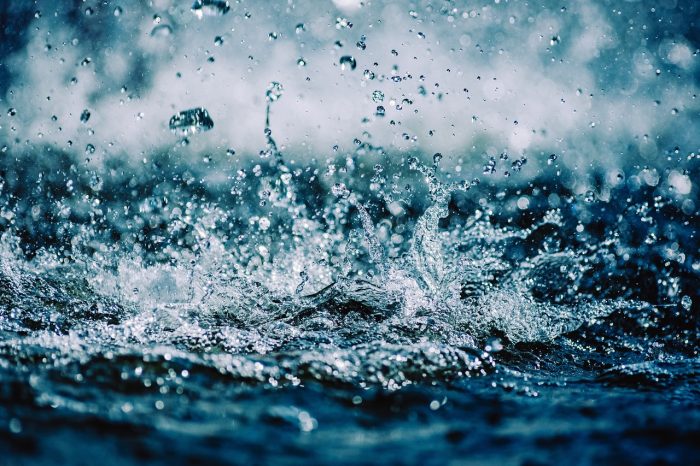
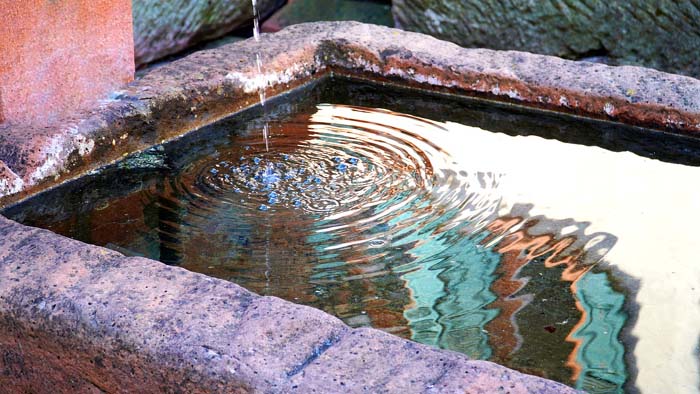 What brings about poor water quality?
What brings about poor water quality?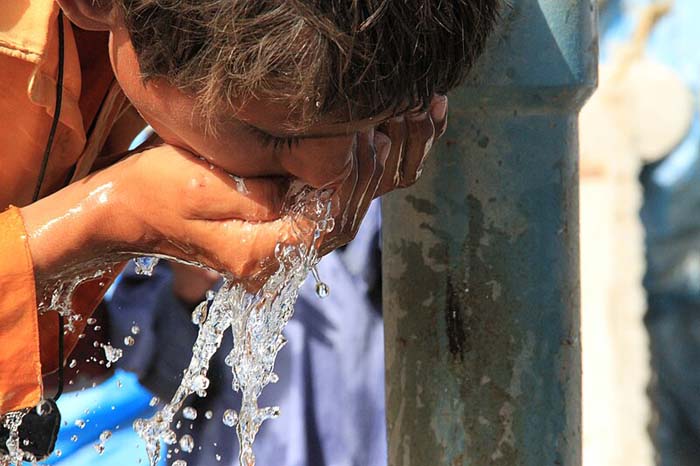
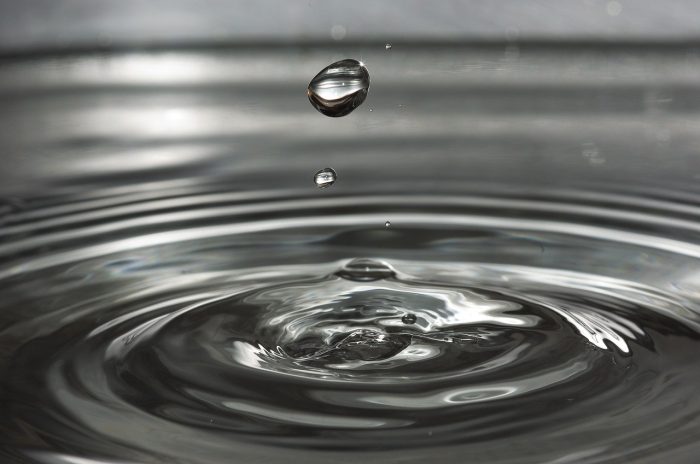
 Turbidity meters
Turbidity meters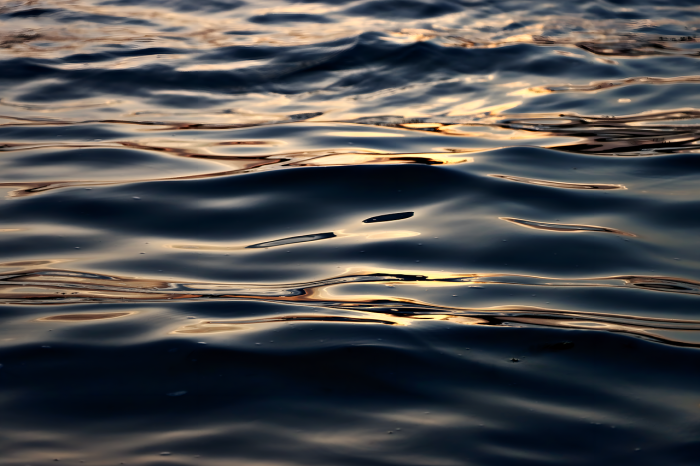
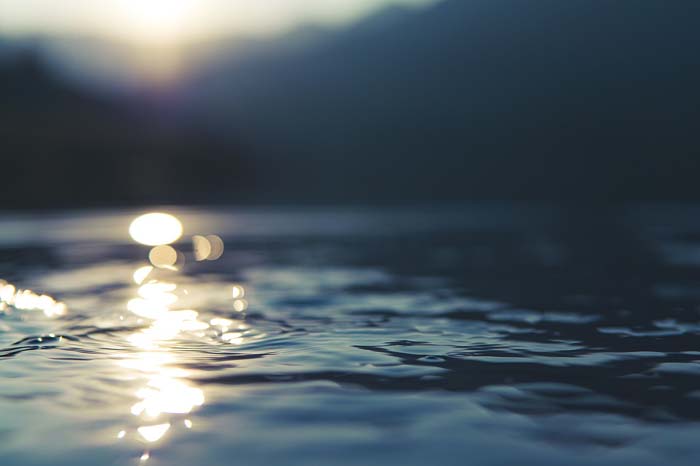 Economic Impacts
Economic Impacts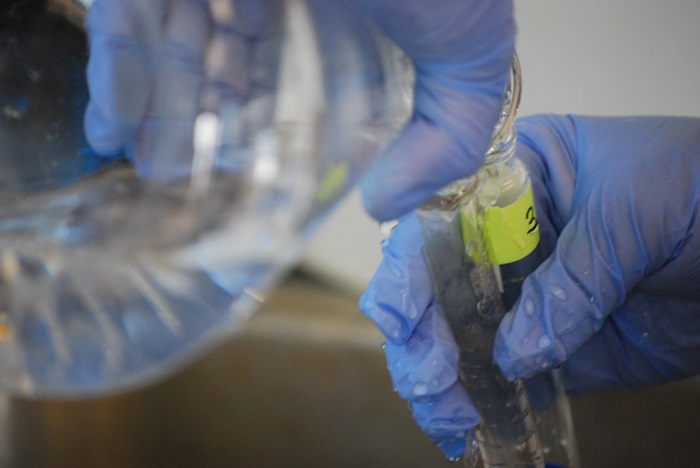
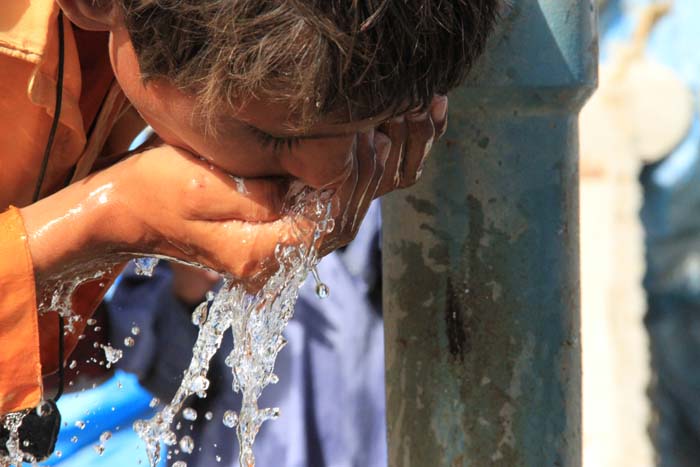 Dissolved Oxygen
Dissolved Oxygen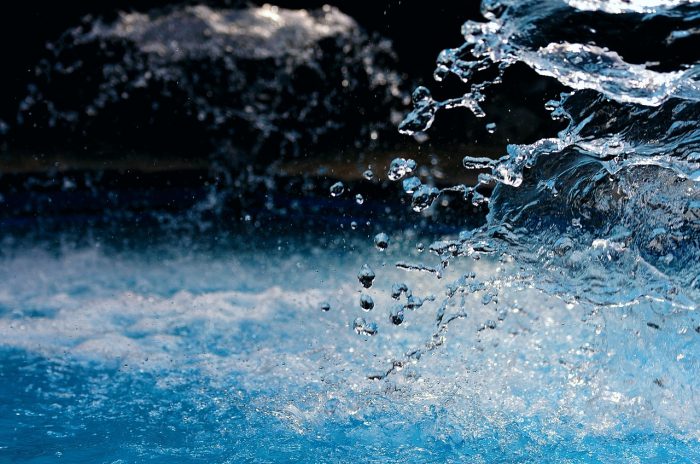
 Benefits of palatable water
Benefits of palatable water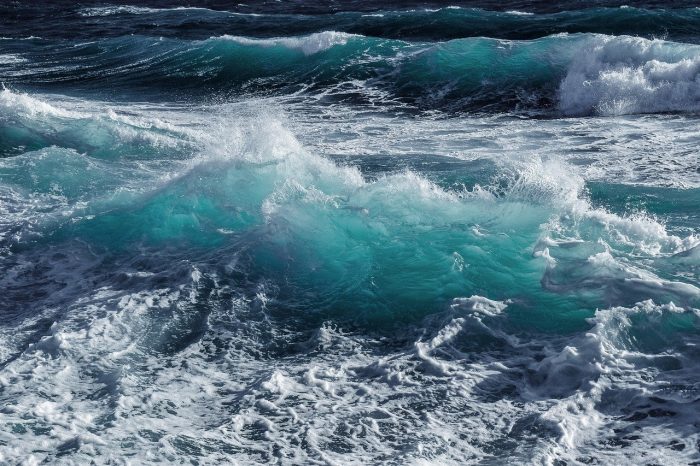
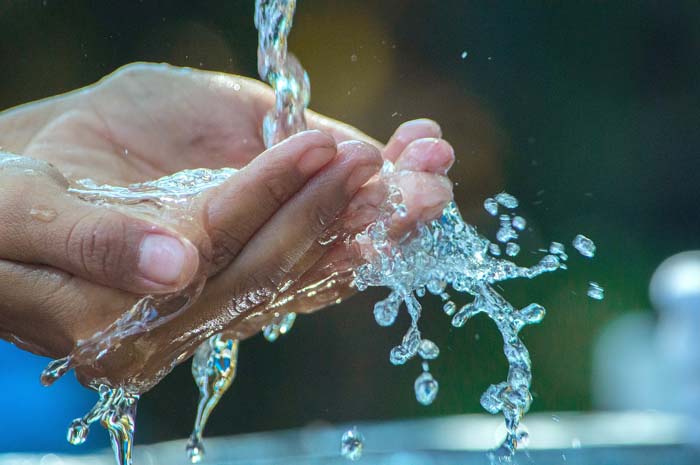 Potable Water
Potable Water
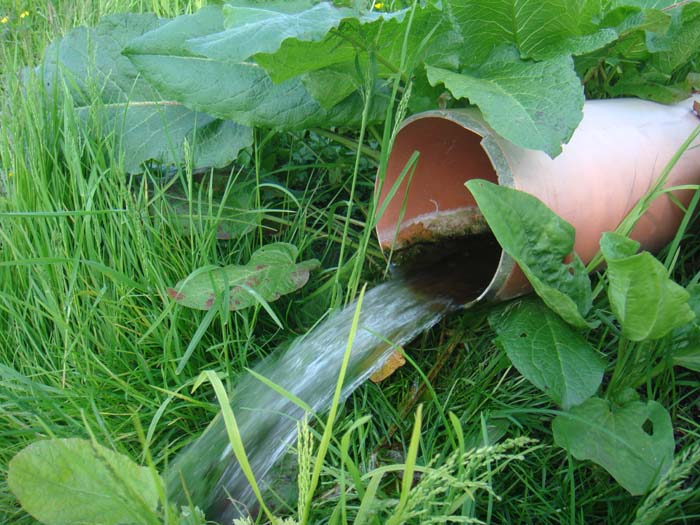 Monitor and Enforce
Monitor and Enforce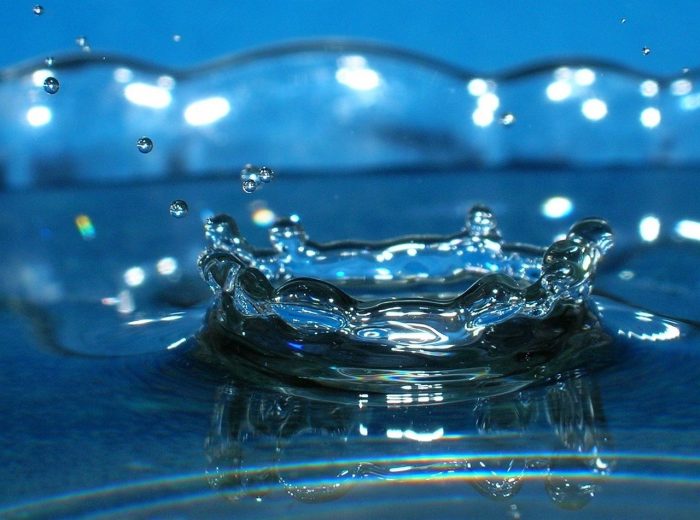
 Corrosion
Corrosion